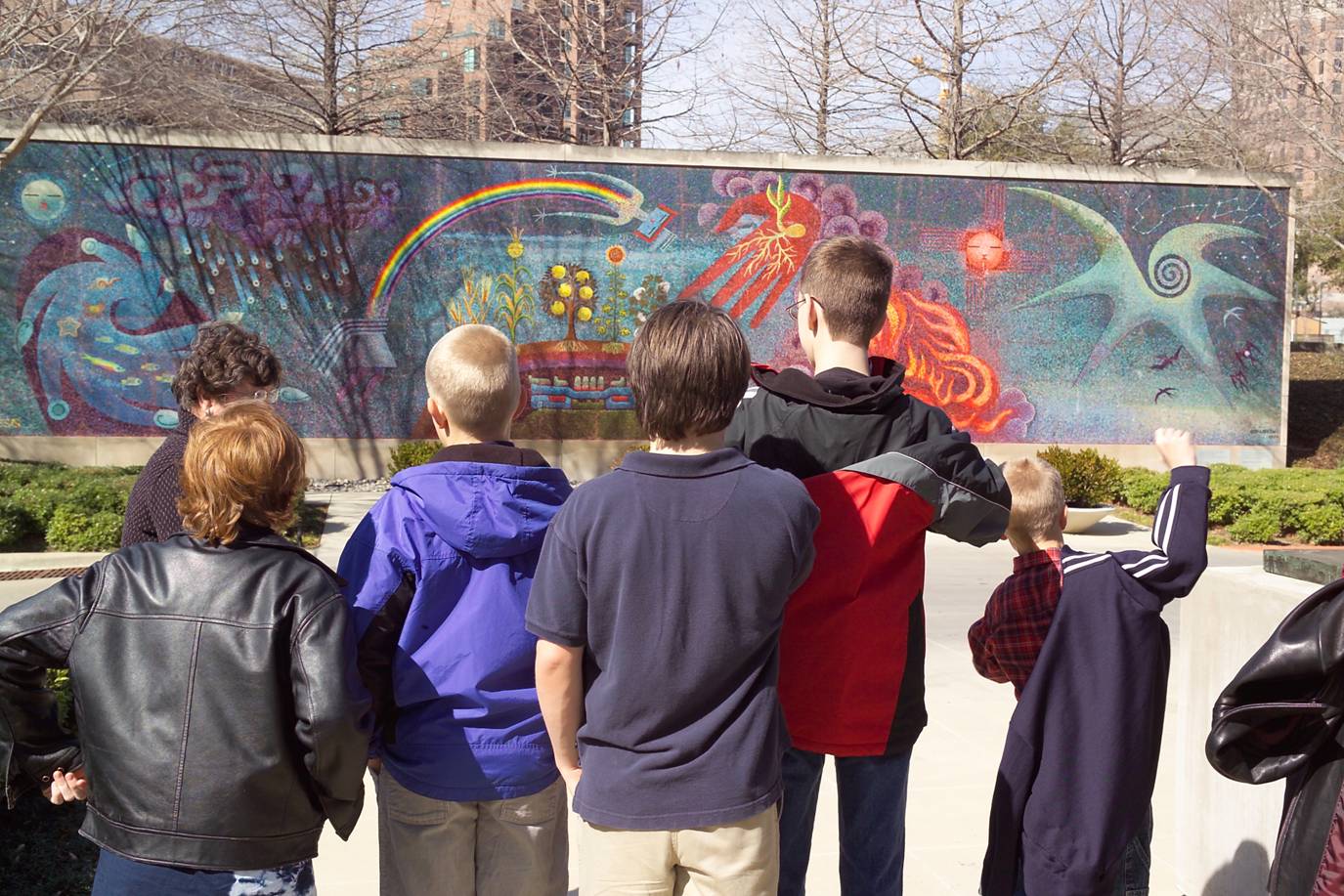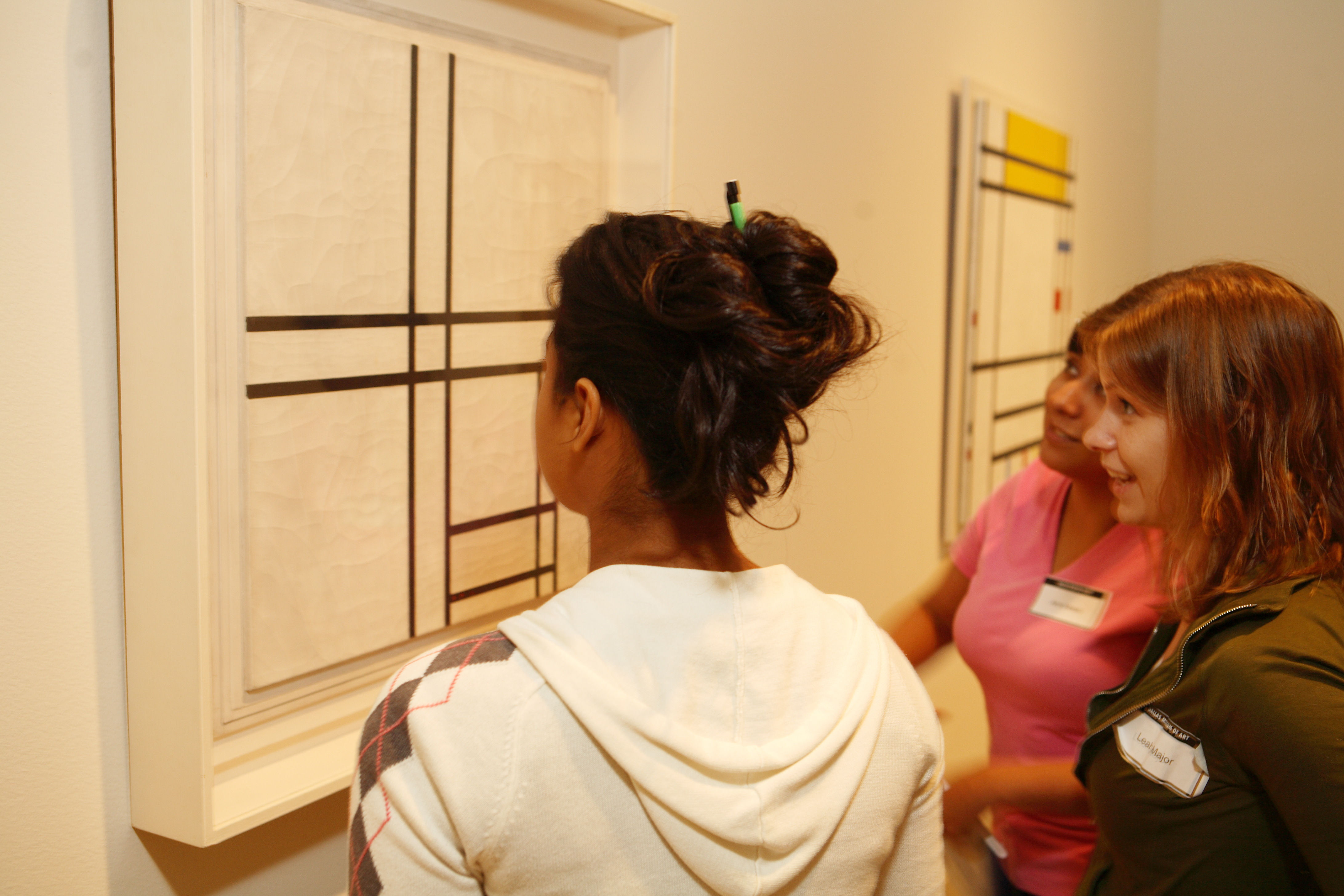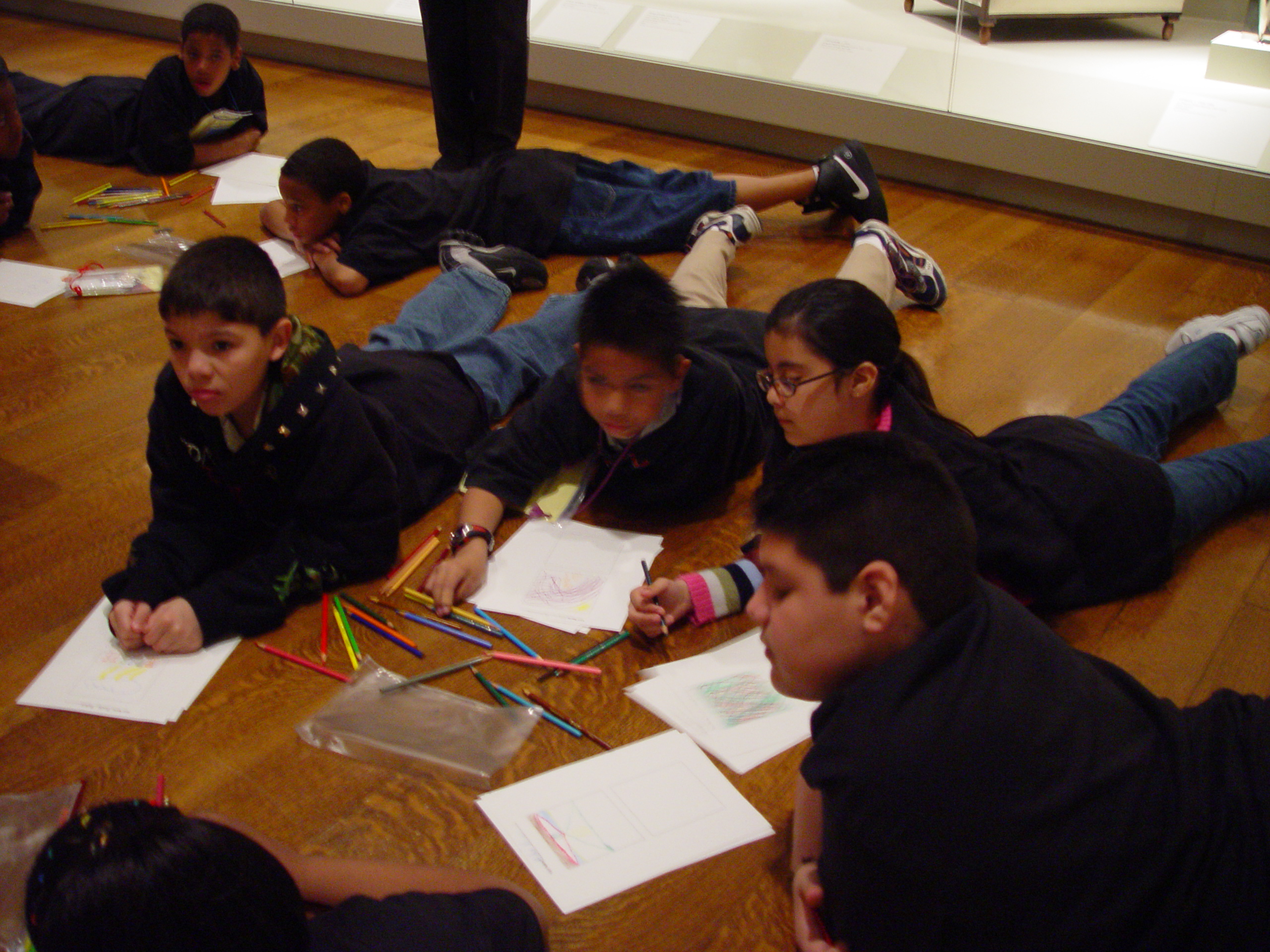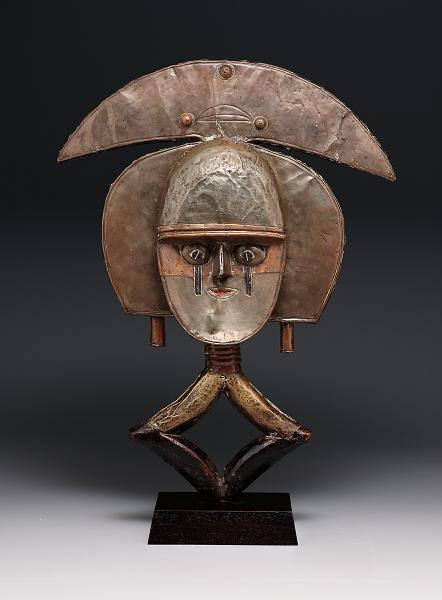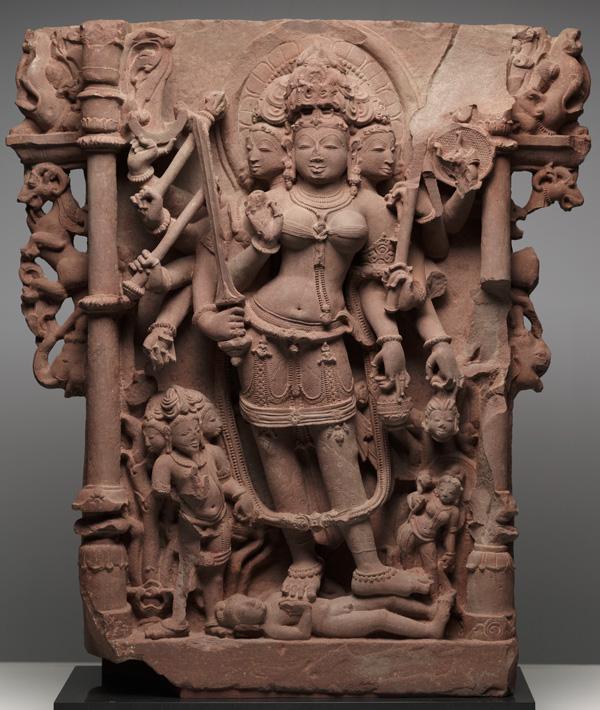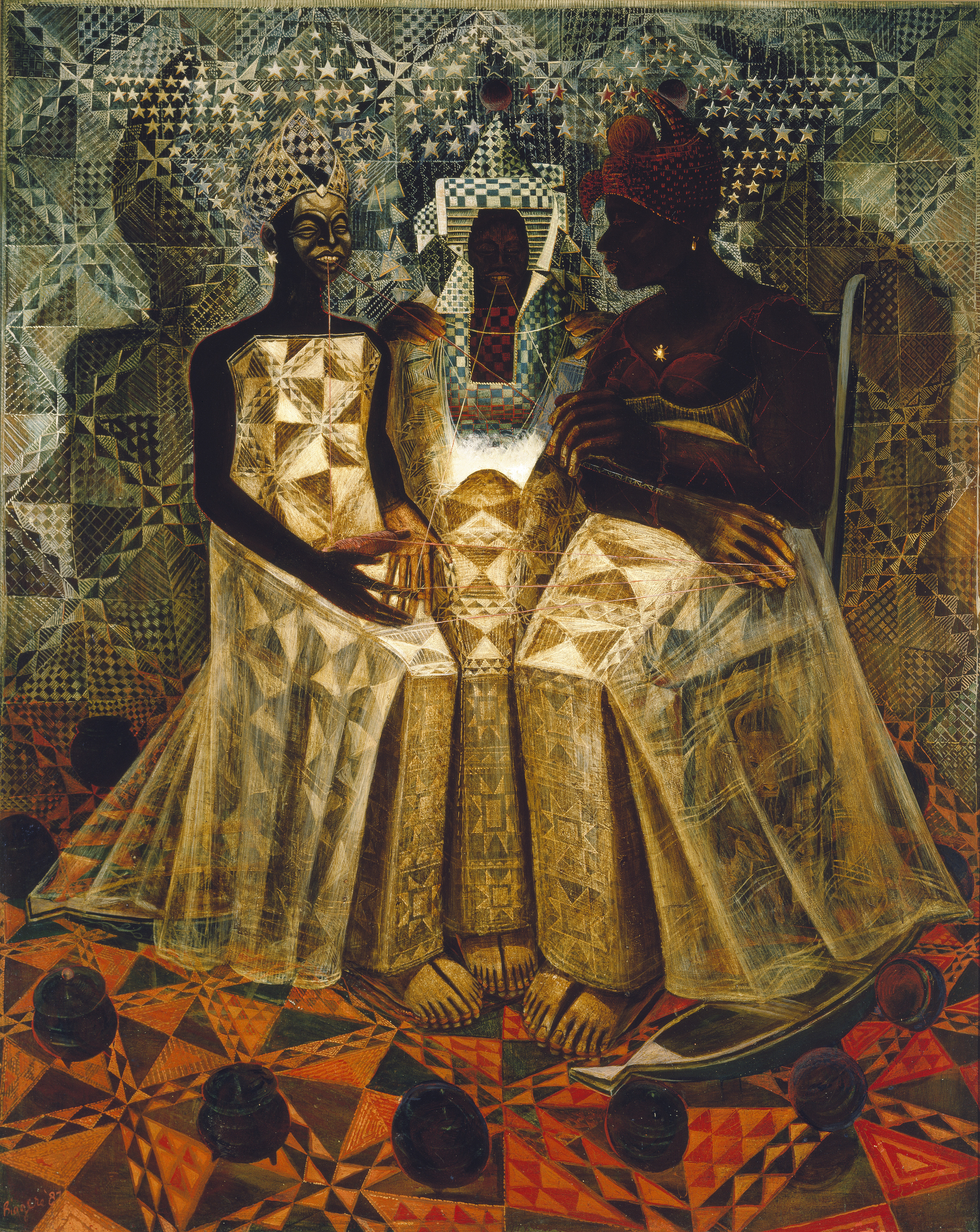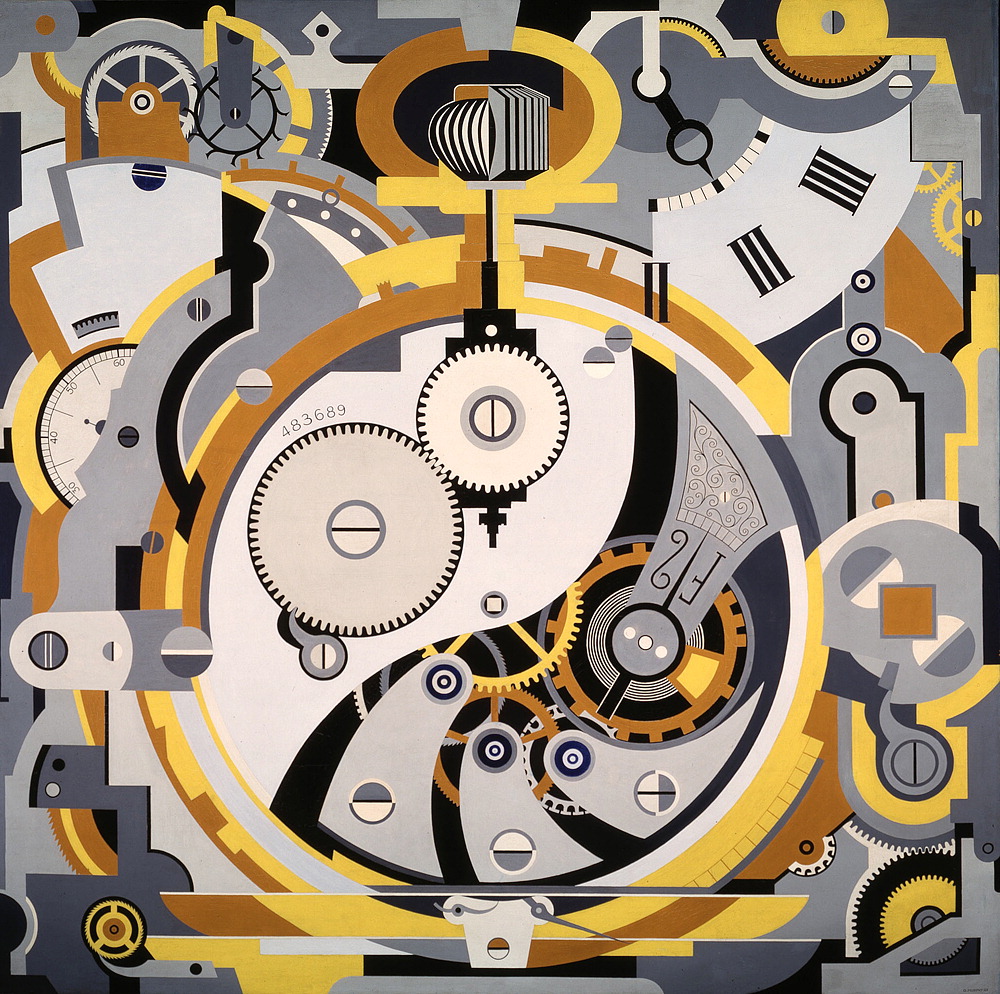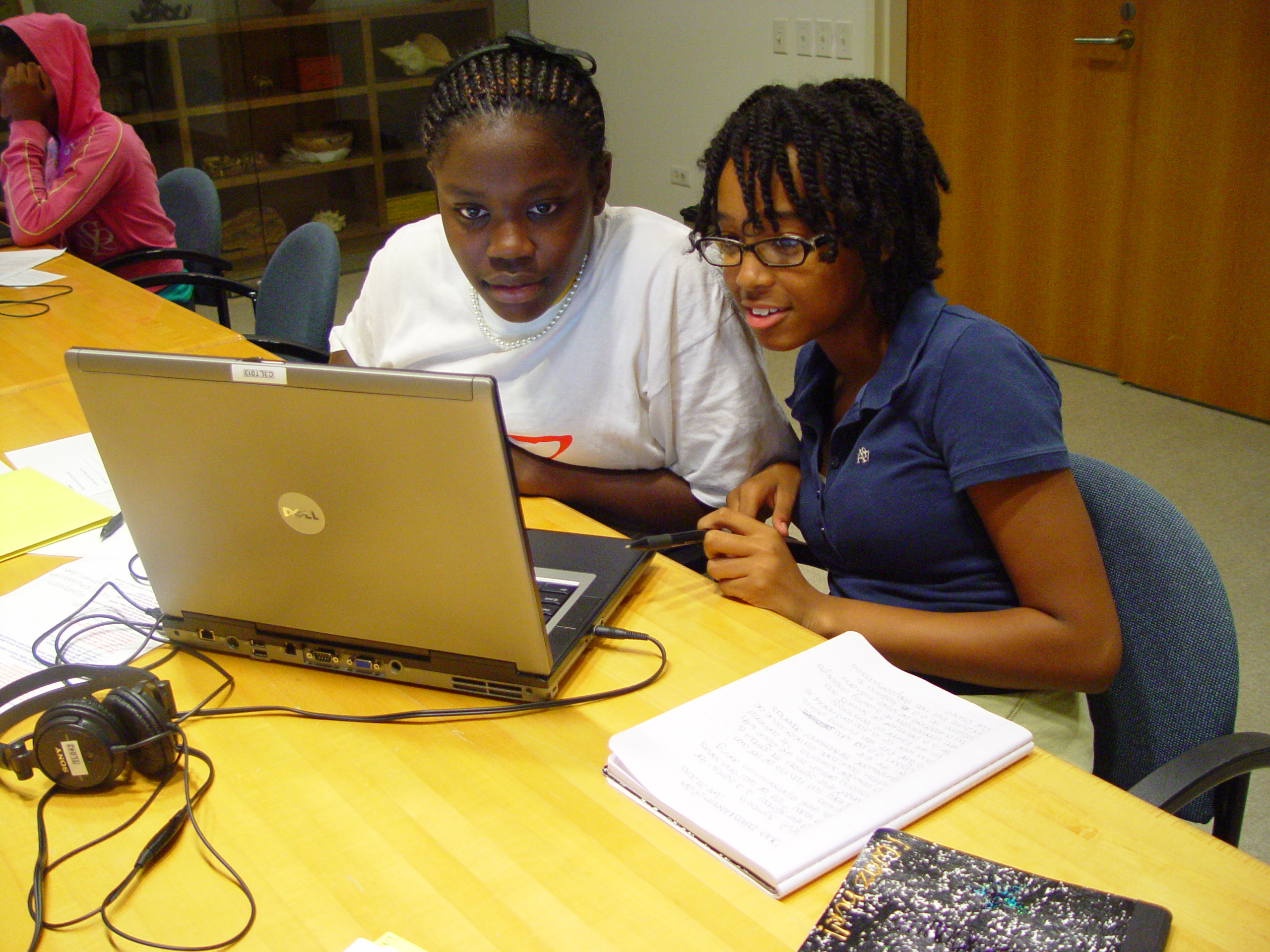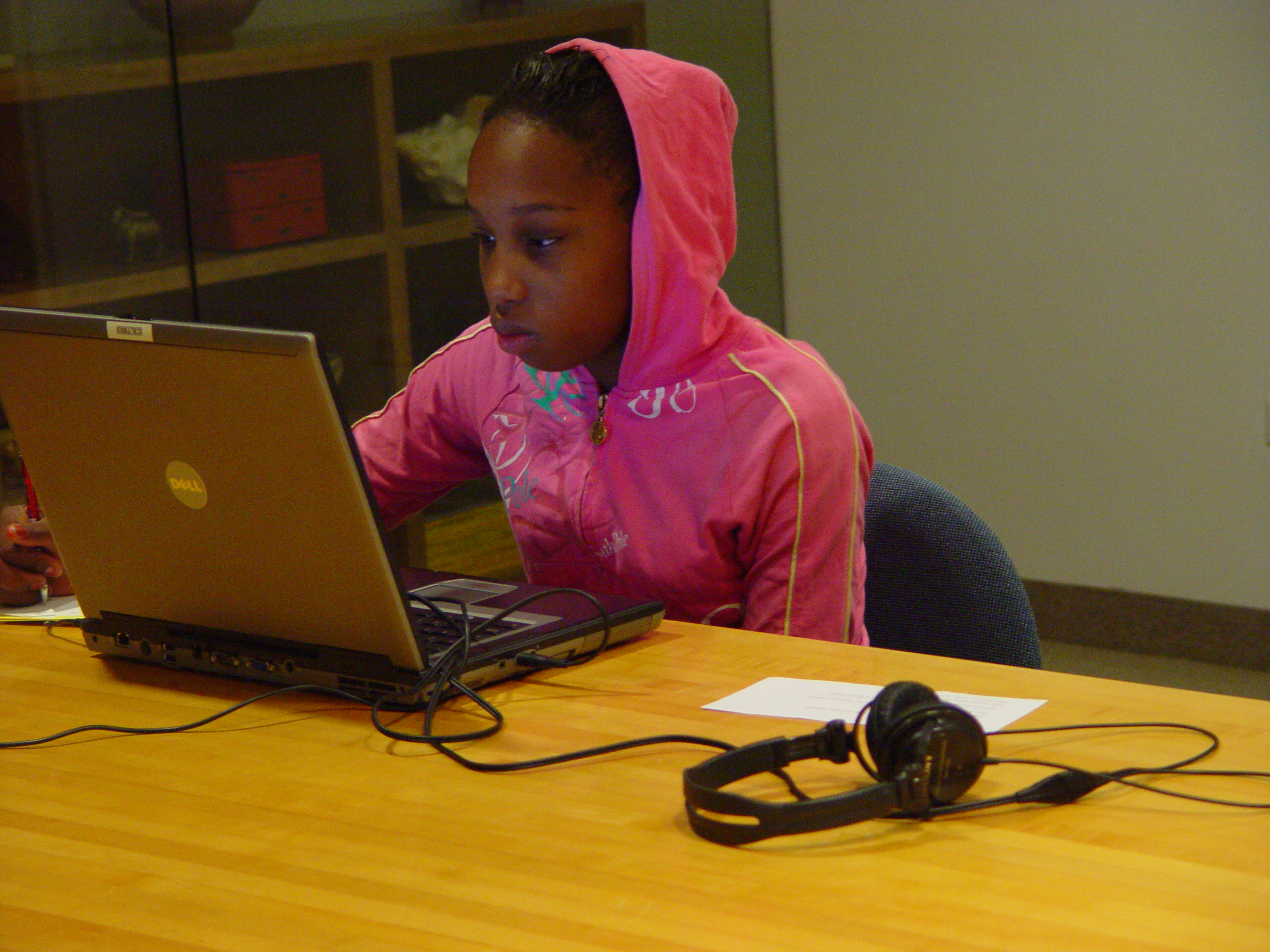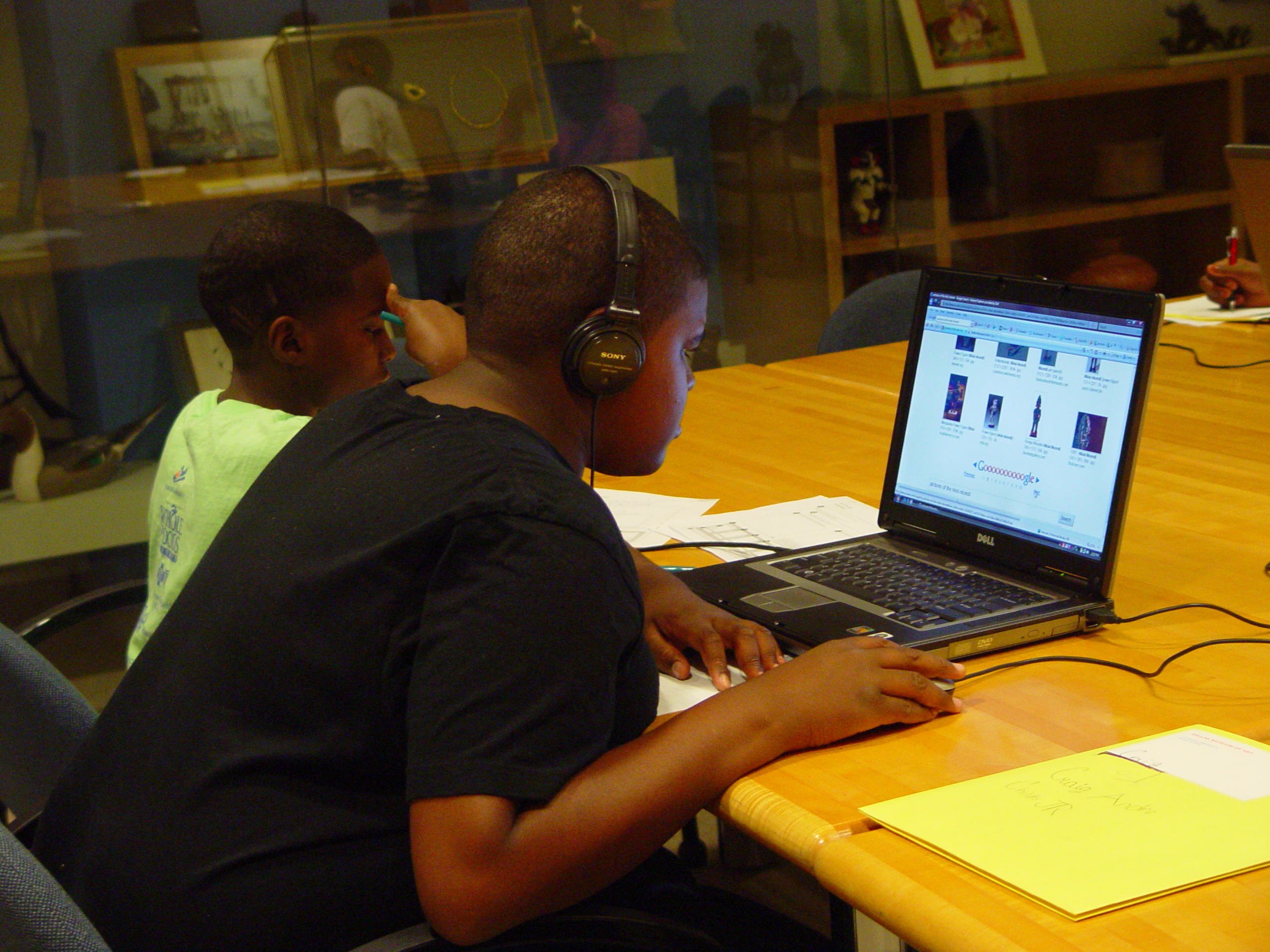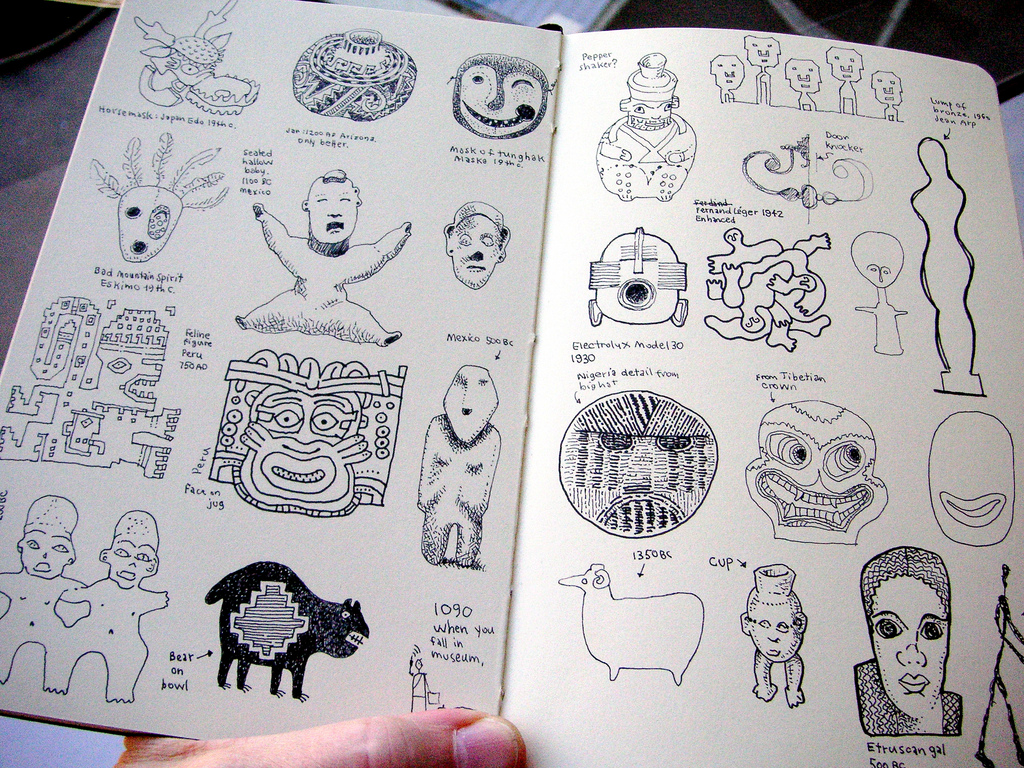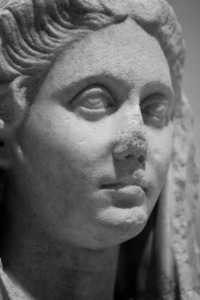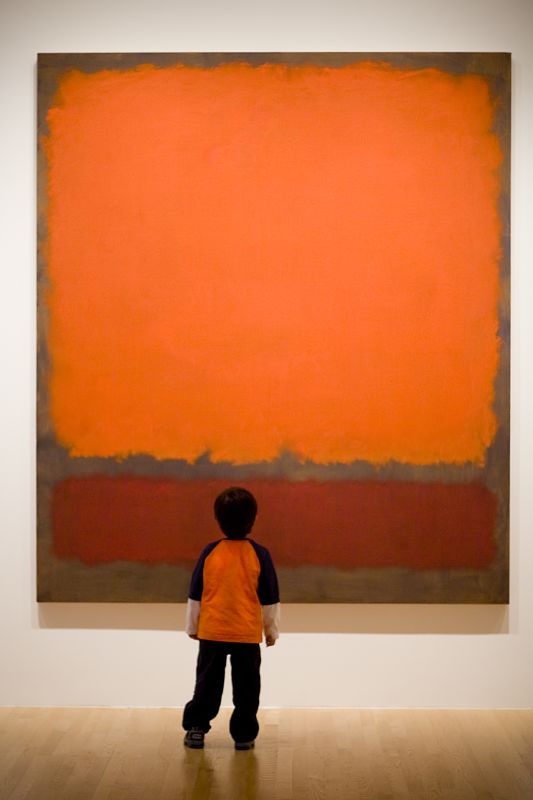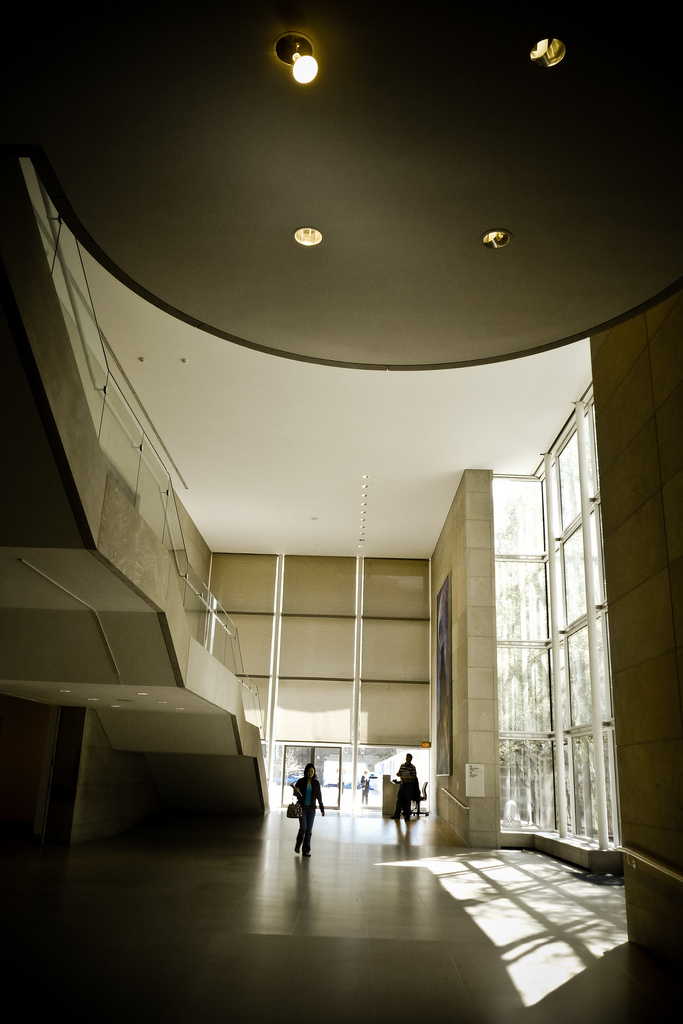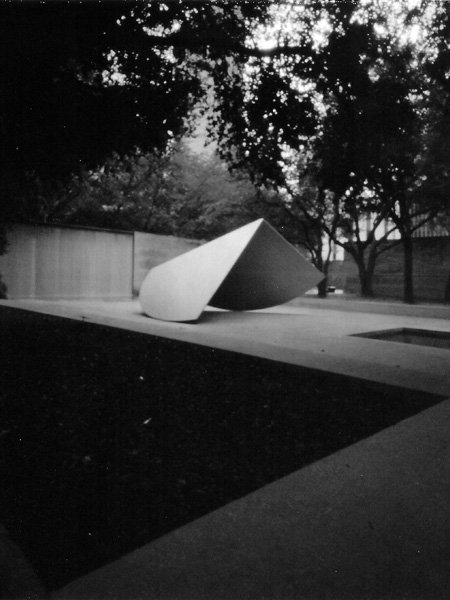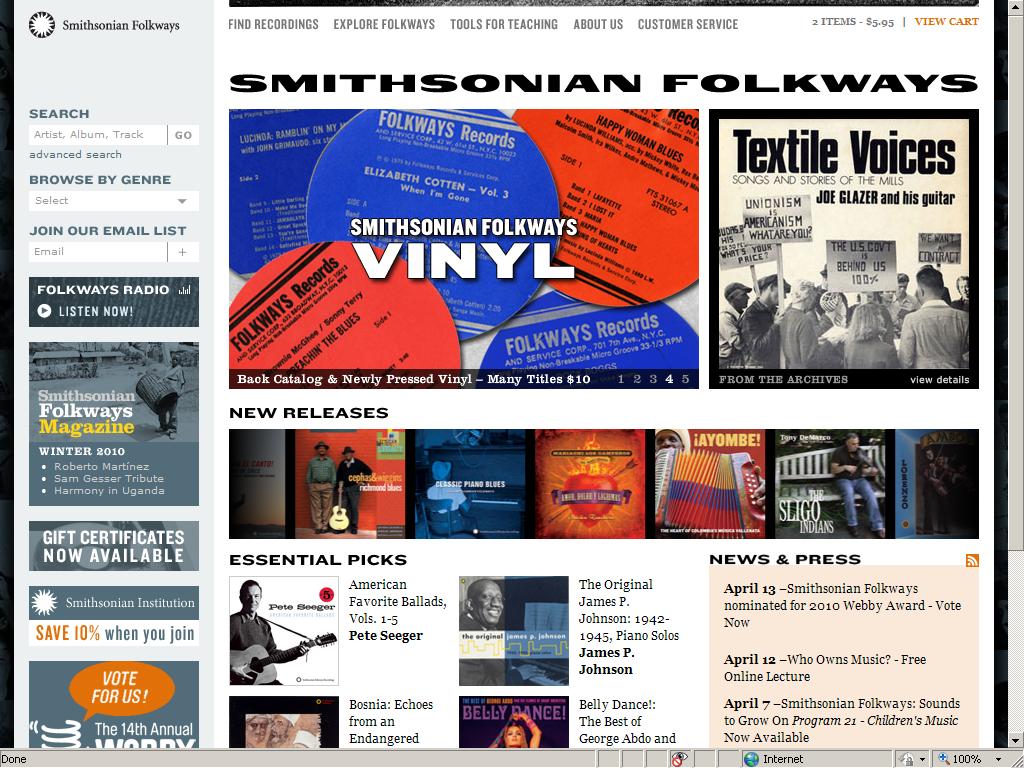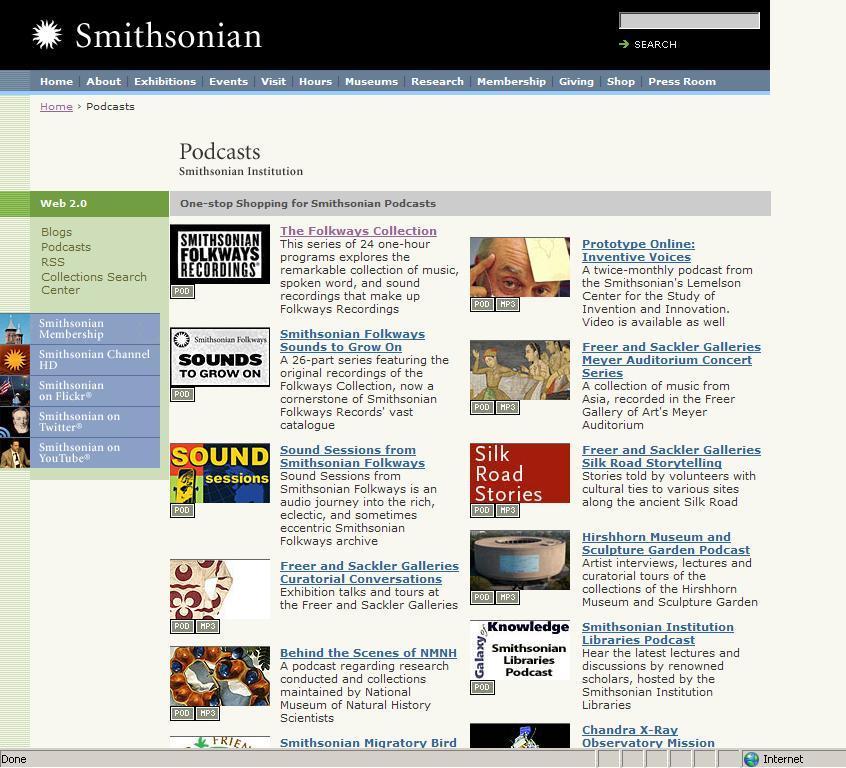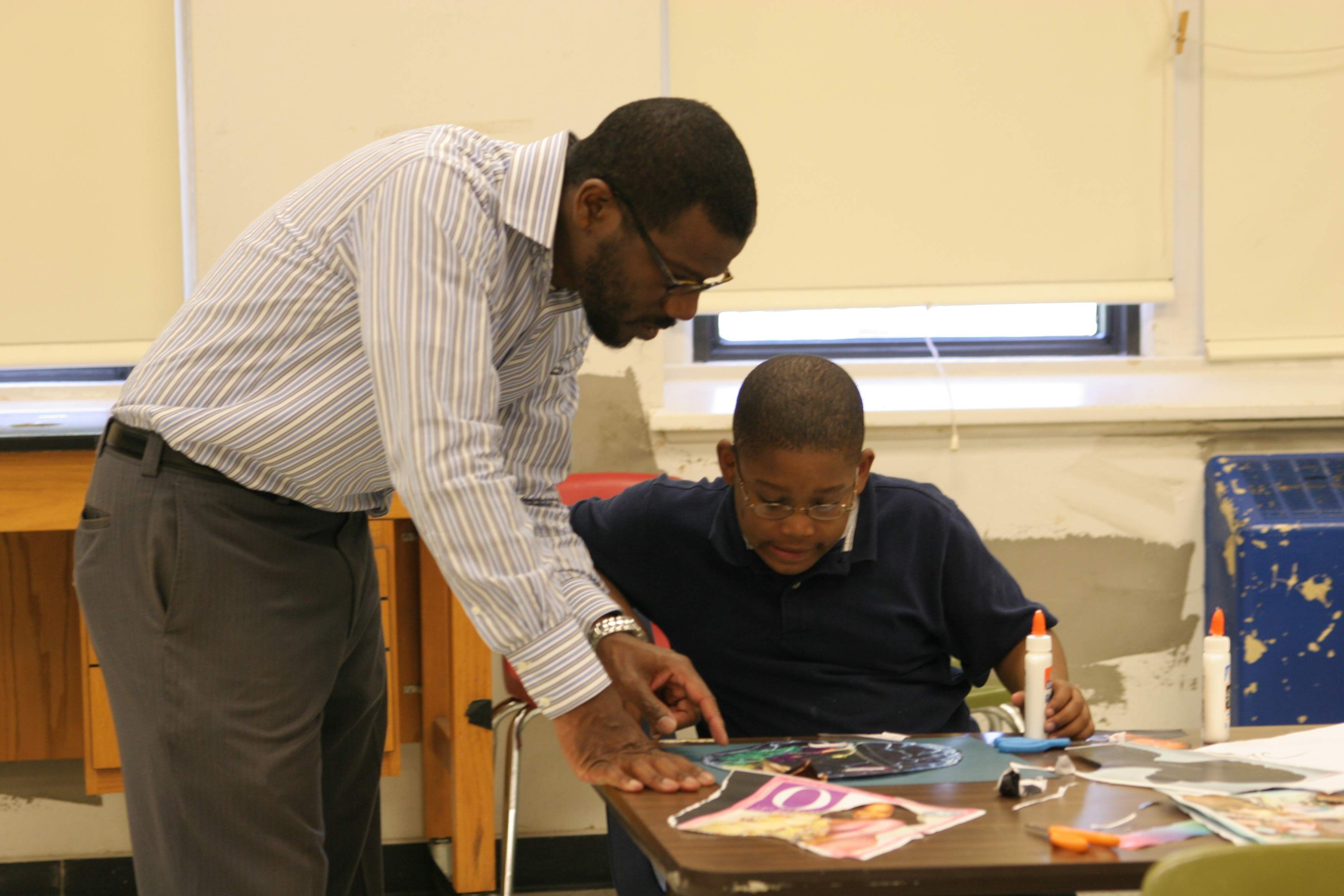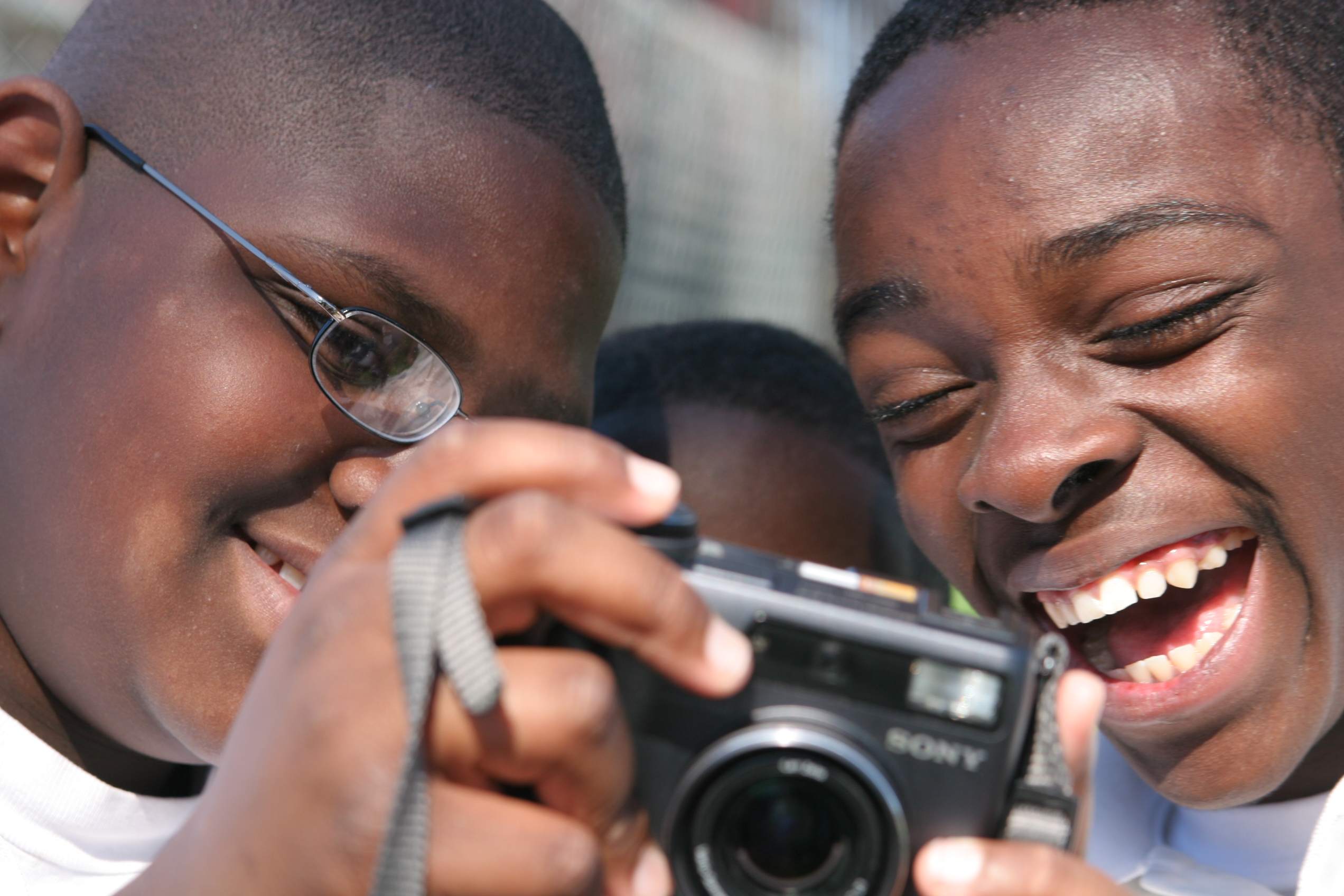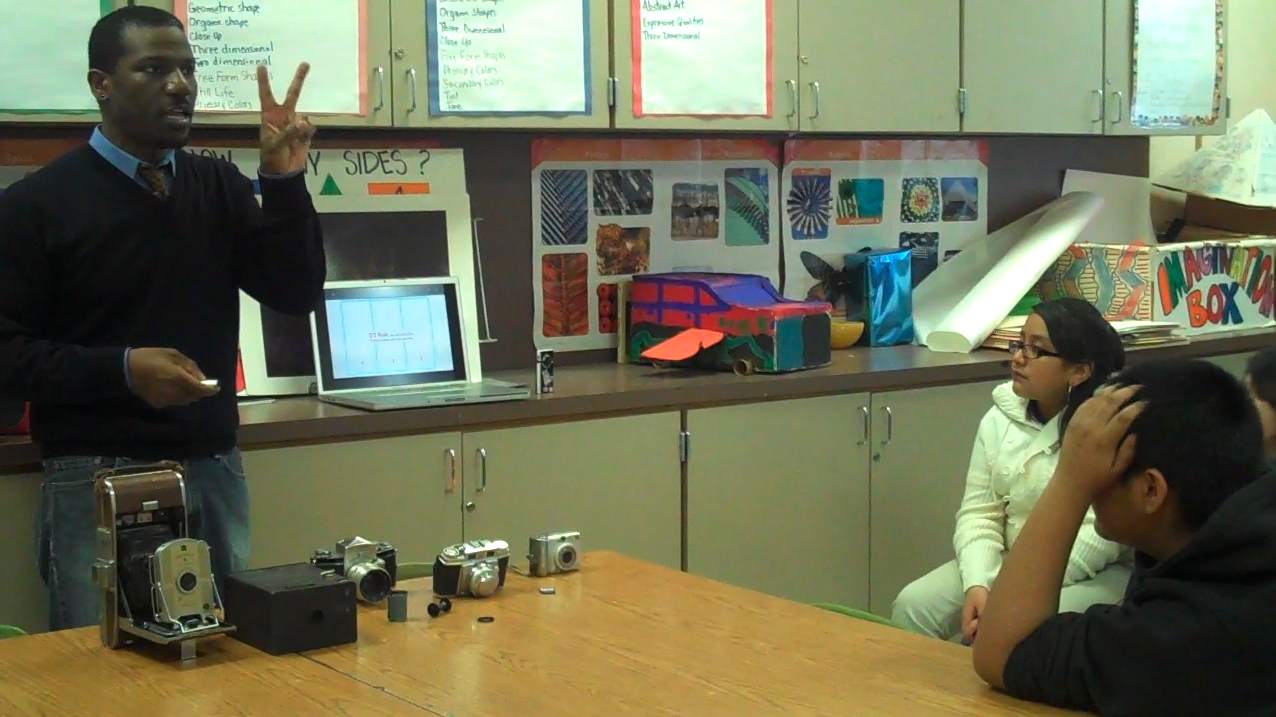Arranging a self-guided visit for your students is great way to explore the Museum. It allows your students to encounter the Museum on your terms, observe art at their own pace, and spend more time in front of objects that interests them. Setting up a self-guided visit is easy, and to ensure that your Museum experience is educational and enjoyable, try these helpful hints:
Getting Started
Sign up for a self-guided visit by filling out an online request form. If you have already arranged a docent-guided tour and would like to add a self-guided visit to your Museum experience, send me an email at Tours@DallasMuseumofArt.org.
Be Prepared
It’s easy to underestimate the importance of logistics. Save yourself some time and energy by preparing before you visit. Once you have a date and time confirmed, start considering the layout of your self-guided visit. If you have a large group, break them up into smaller groups before you visit. Smaller groups make it easier to navigate through the galleries, and dividing them before you arrive gives you more time to spend in the galleries.
Have a Game Plan
Most visitors feel that they need to see everything when they come to the Museum. While every object on display deserves to be seen and appreciated, it’s just not feasible to see everything in our collection, unless you can spare a couple of hours. Instead, challenge your students to focus on a handful of objects that encompass a topic or theme learned in class. Short on inspiration? Check out our online teaching materials for themes used on docent-guided tours.
Be Creative
As teachers, you learn to be creative in just about every situation. Consider your self-guided visit as another opportunity to show off your inventiveness. Try adding some of these activities to your self-guided visit:
- Create a scavenger hunt. This activity works great with large groups and can be a fun game for all ages. You can find loads of factual information and teaching tips in our CONNECT teaching materials.
- Incorporate a sketching activity. Have students take a closer look by having them sketch an object. You can incorporate this activity in your scavenger hunt, or have a more in-depth drawing session.
- Take a smARTphone tour. Don’t have a smartphone? Borrow an iPod Touch from the Visitor Services Desk.
Make the Most of Your Trip
After you’ve had plenty of time to gallivant through the galleries, why not enhance your Museum visit by stopping by Center for Creative Connections. The Center for Creative Connections, or C3, is an innovative space that encourages interactive experiences with art. There are fun activities for all ages, and you can create a make-and-take art project at the Space Bar.
There are many ways your students can experience the Museum, and as a teacher, you are the architect behind their visit. Remember, encountering art can be exciting and educational, so be sure to have fun!
Wishing you all a terrific Thursday,
Loryn Leonard
Coordinator of Museum Visits
